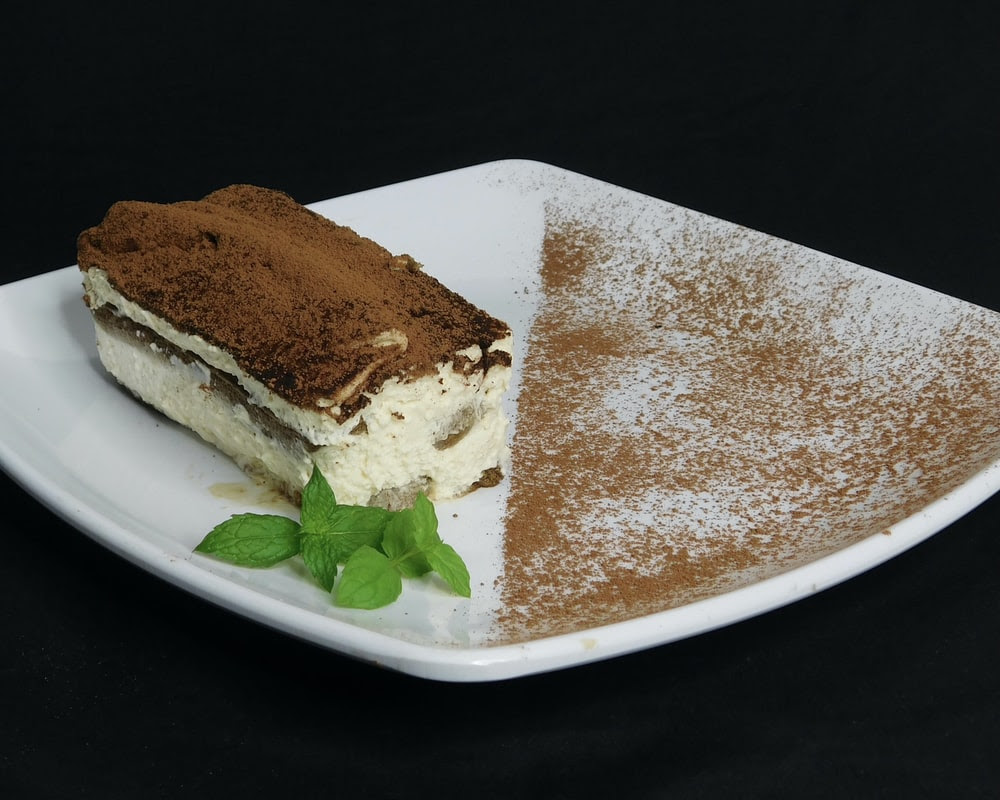The famous chef Ado Campeol, also called “the daddy of Tiramisu” by the Italian people, has passed away at the age of 93.
Ado Campeol was the owner of the restaurant Le Beccherie, in Treviso, northern Italy, where the famous dessert was invented by his wife and a chef.
The dish, made with coffee-dipped cookies and mascarpone, was added to their menu in 1972 but was never patented by the family.
It has since become a staple of Italian cuisine, adapted by chefs around the world.
The origin of tiramisu has long been disputed, particularly because it was claimed that it was served as an aphrodisiac in a brothel in the northern Italian town of Treviso.
However, it is widely believed that the recipe was developed in the Campeol restaurant in the city.
The whole Veneto mourns his passing and they have lost the most beautiful of their stars.
The restaurant “Le Beccherie” was launched just before the beginning of the Second World War by the Campeol family.
According to the co-inventor of the desert, Chef Roberto Linguanotto, the dish was the result of an accident while making vanilla ice cream.
Linguanotto dropped mascarpone cheese into a bowl of eggs and sugar, and after noticing the pleasant taste of the mixture, he told Campeol’s wife Alba about it.
The couple then perfected the dessert by adding ladyfinger sponges dipped in coffee, and sprinkling it with cocoa – calling it “Tiramisù,” which translates into English as “pick-me-up.”
The dish first appeared in a 1981 issue of Veneto, a local food and wine publication, and is now one of Italy’s most famous desserts.
Variations of tiramisu contain alcohol such as rum or marsala, but the original recipe, certified by the Italian Academy of Cuisine in 2010, was alcohol-free because it was intended for children.
Ingredients
8 servings
1½
1
1
1
½
3
24
Preparation
Step 1
Lightly oil a 9×5″ loaf pan and line with plastic wrap, leaving plenty of overhang. Whisk coffee, rum, salt, and 1 Tbsp. sugar in a shallow dish until sugar and salt dissolve. Chill until ready to use.
Step 2
Whisk cream and mascarpone in a medium bowl just until smooth. Set aside.
Step 3
Pour water into a large saucepan to come 2″ up the sides and bring to a simmer. Combine egg yolks, remaining ⅓ cup sugar, and 2 Tbsp. water in a medium heatproof bowl. Set bowl over pan and reduce heat to low so water is at a bare simmer. Using an electric mixer (or a large whisk and a friend to fill in when your arm cramps), beat mixture on medium-high until eggs triple in volume and are extremely pale yellow and mixture forms a slowly dissolving ribbon when drizzled over itself in bowl, 5–7 minutes. Remove bowl from heat.
Step 4
Using clean beaters (or whisk), beat reserved cream mixture until medium peaks form. Add egg yolk mixture and gently fold until no streaks remain.
Step 5
Working one at a time, dip ladyfingers into chilled coffee mixture and let soak just long enough for them to soften, 1–2 seconds per side. Lay 8 cookies in prepared pan (it’s okay to smush them in a bit). Spread one-third of filling over. Layer another 8 soaked ladyfingers on top and spread half of remaining filling over. Repeat layers one more time with remaining ladyfingers and filling. Cover pan with plastic wrap; chill tiramisù until firm, at least 6 hours and up to 12 hours (longer is better; you’ll get cleaner slices and the layers will be fully set).
Step 6
Invert a small platter or a large plate over top of loaf pan, hold together tightly, and flip them over so plate is underneath. Set on a work surface and carefully remove pan. Peel away plastic wrap from tiramisù; discard. Generously dust tiramisù with cocoa powder. Serve in slices, dusting with more cocoa powder if desired.
Step 7
Do Ahead: Tiramisù (without cocoa powder) can be made 3 days ahead. Keep chilled.



Comment here